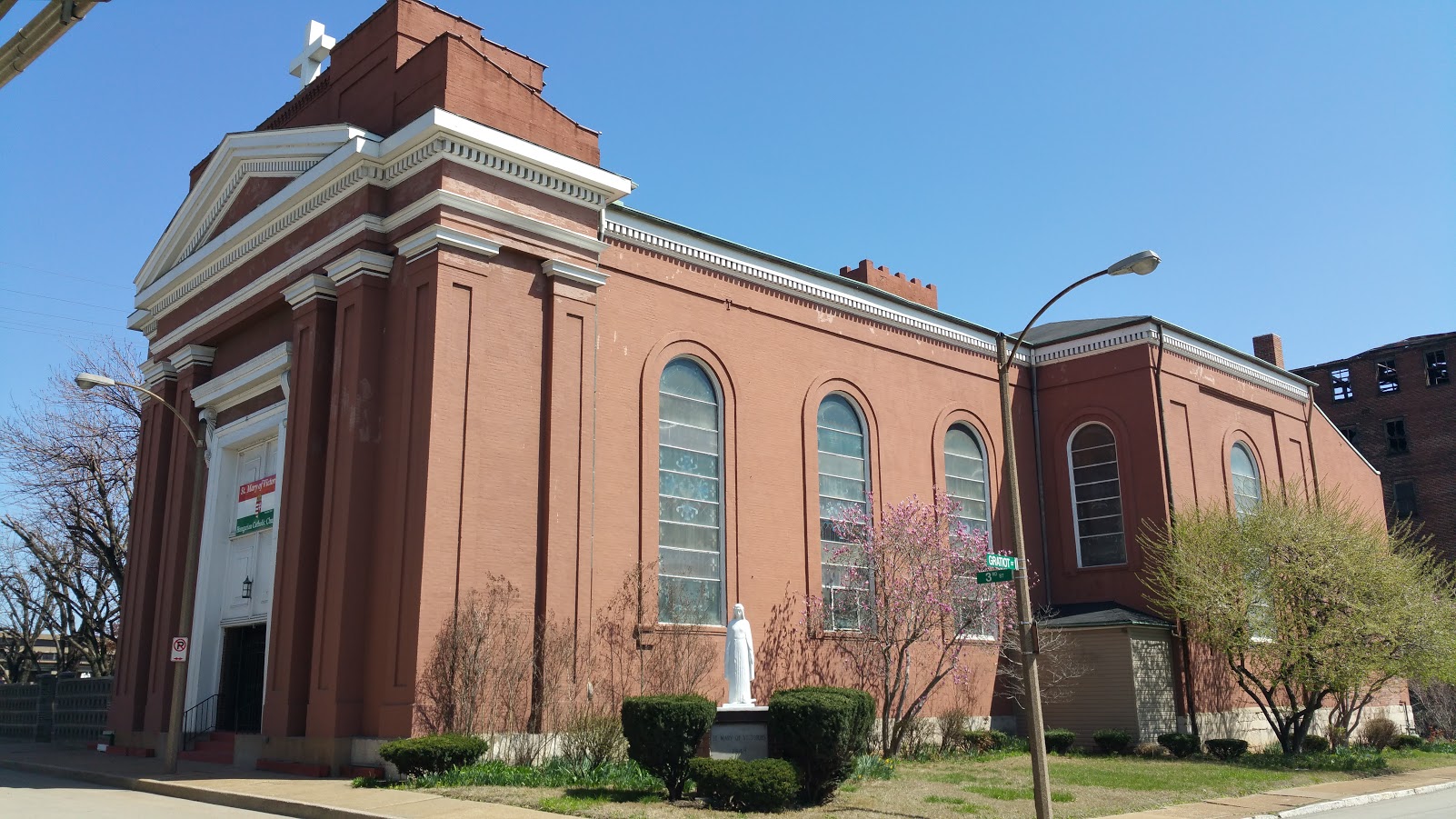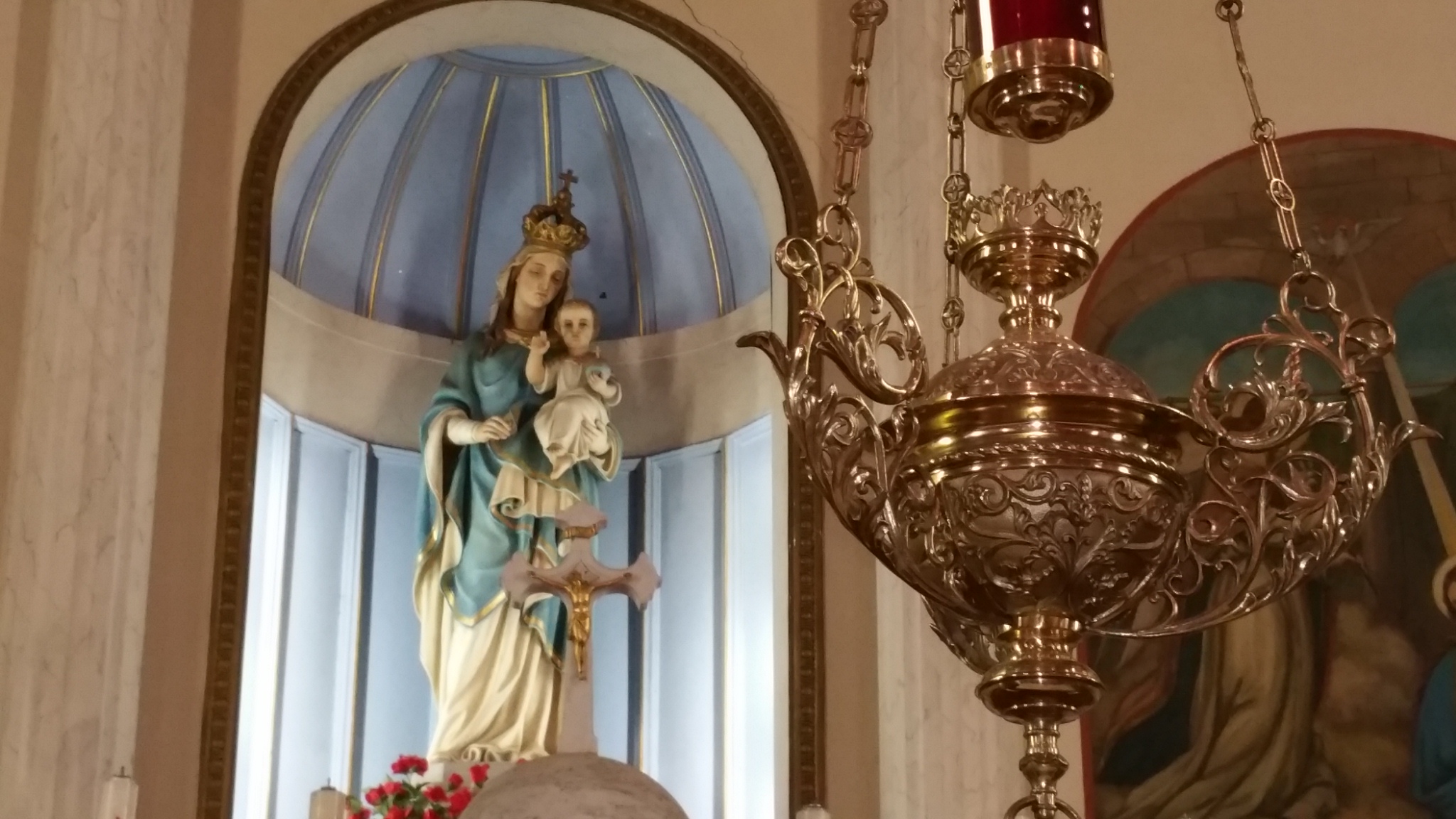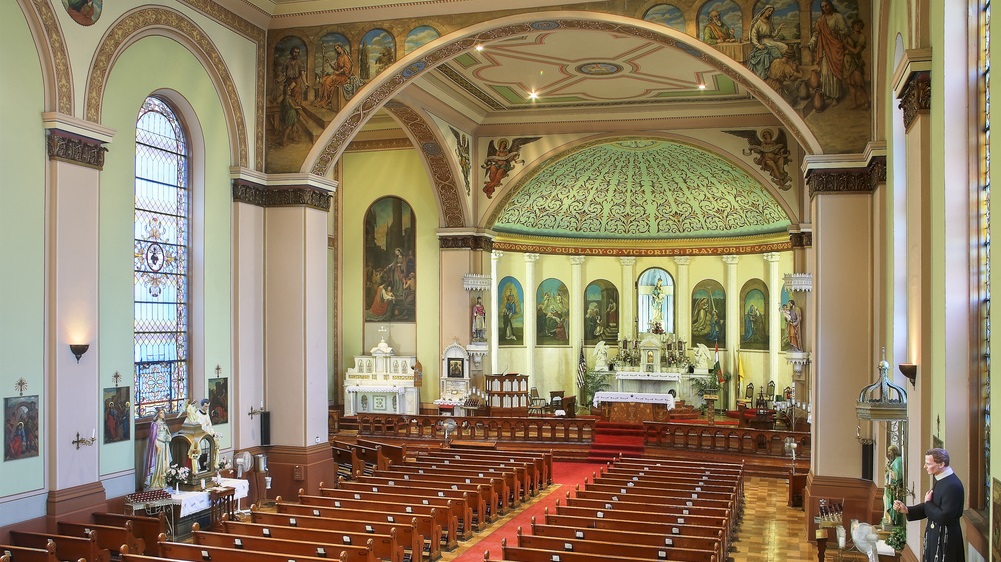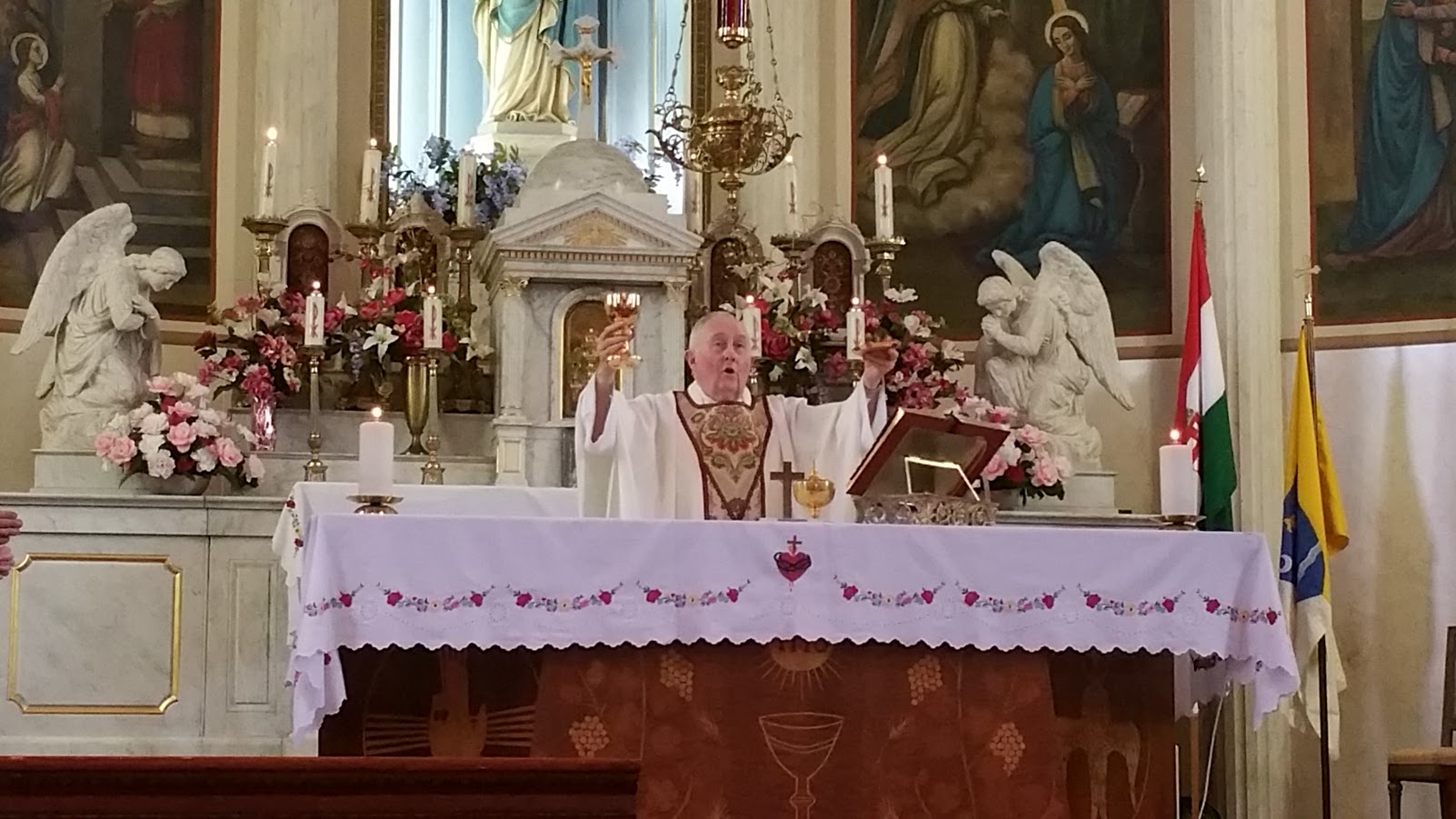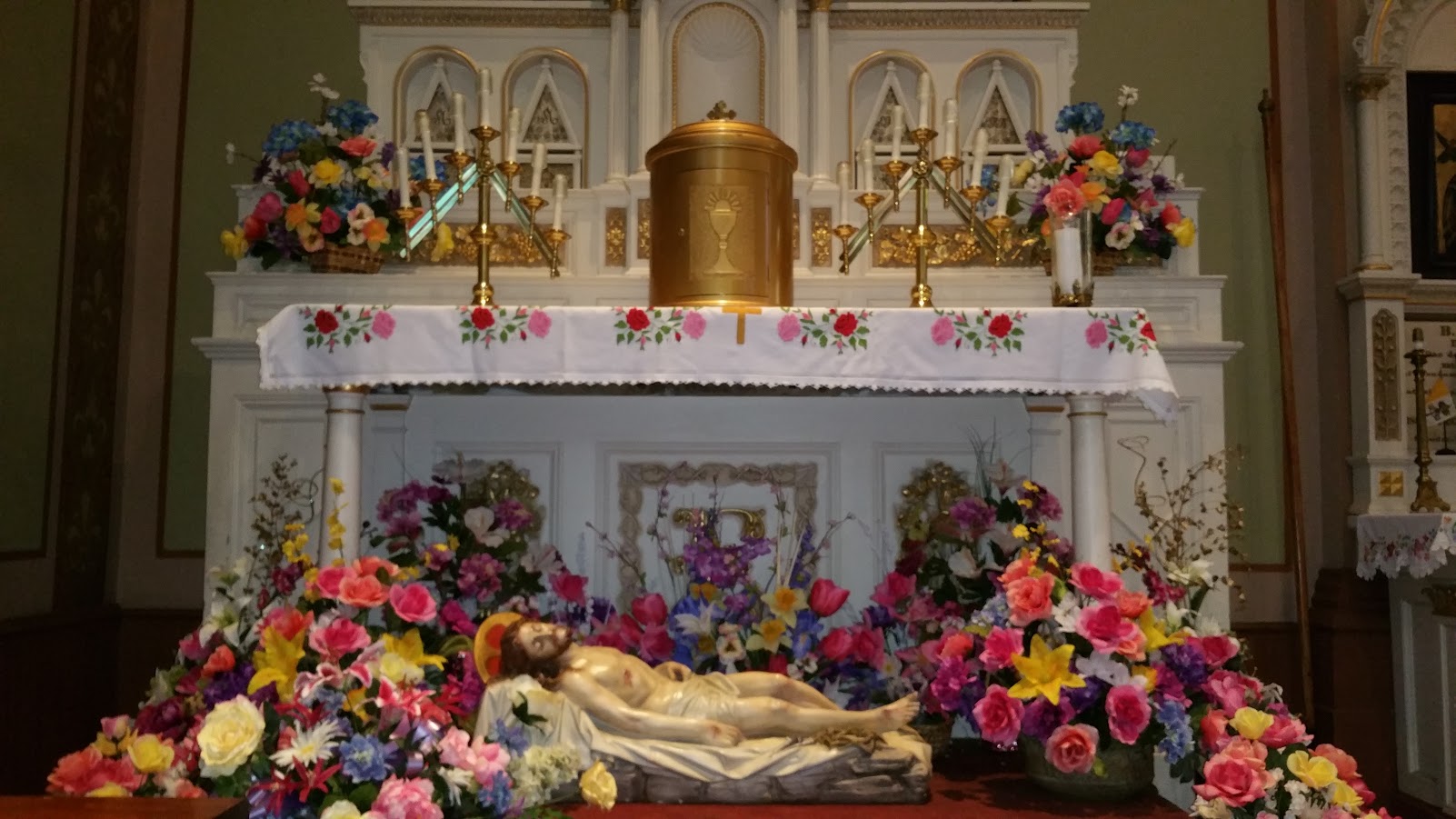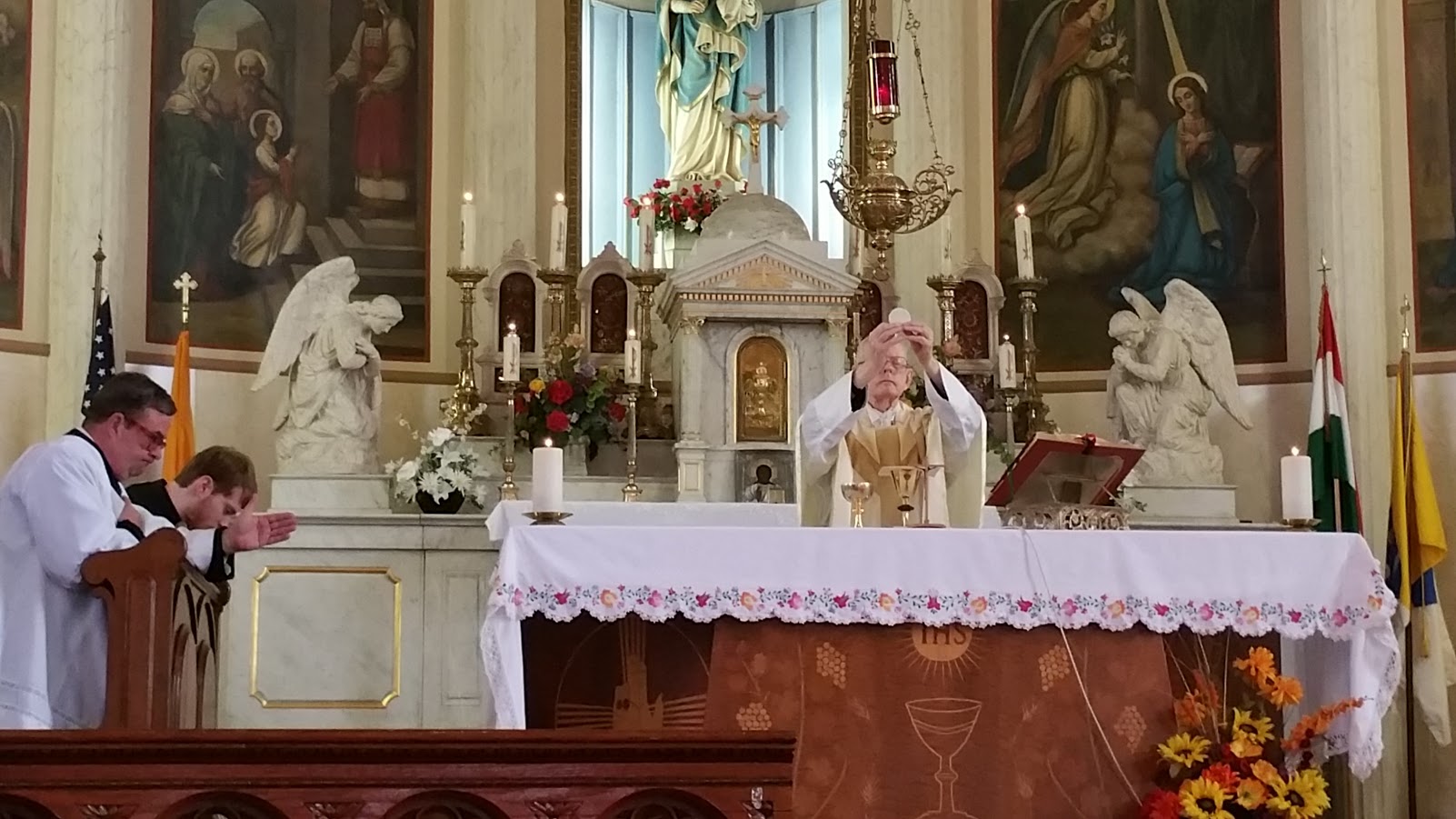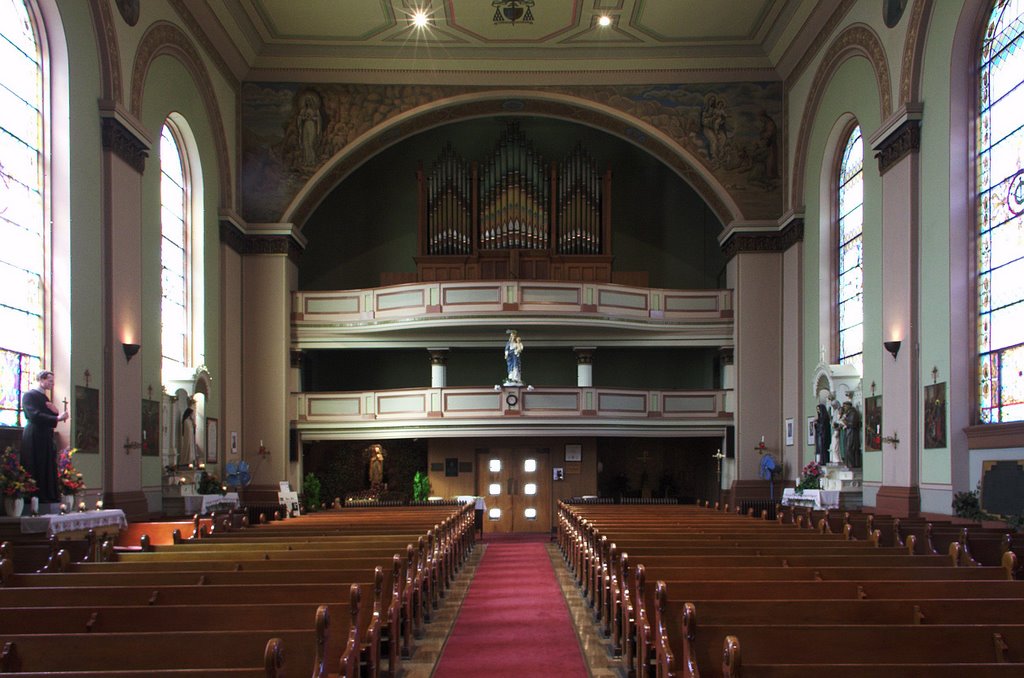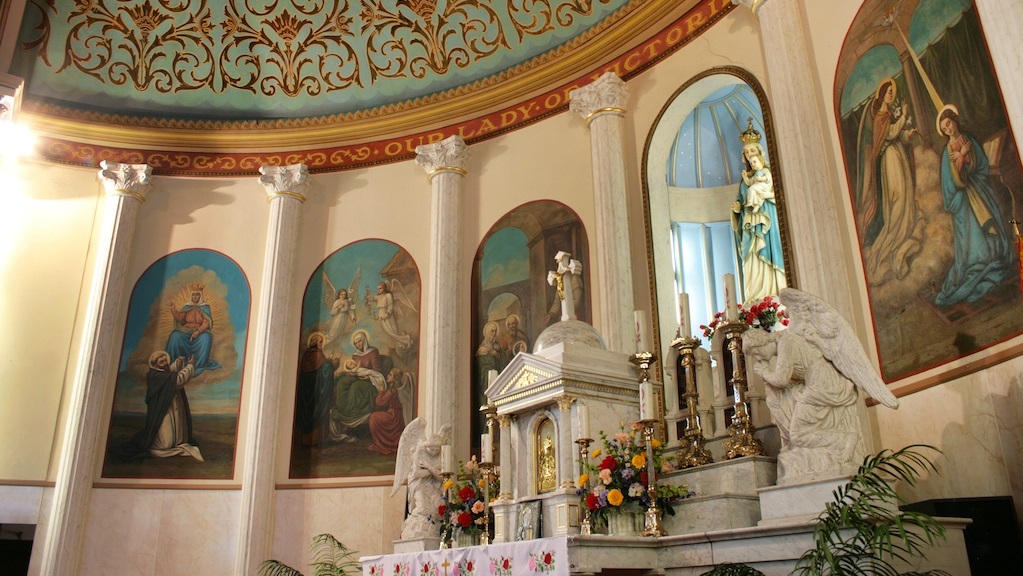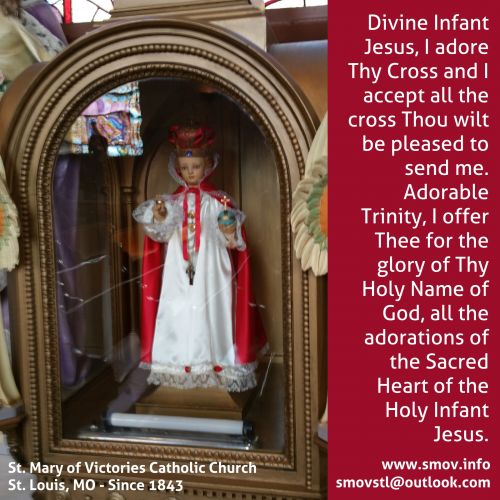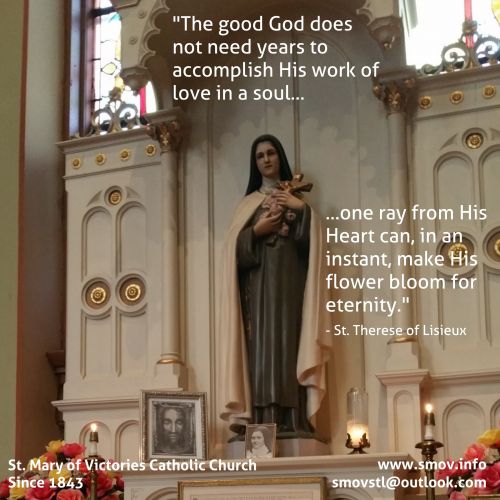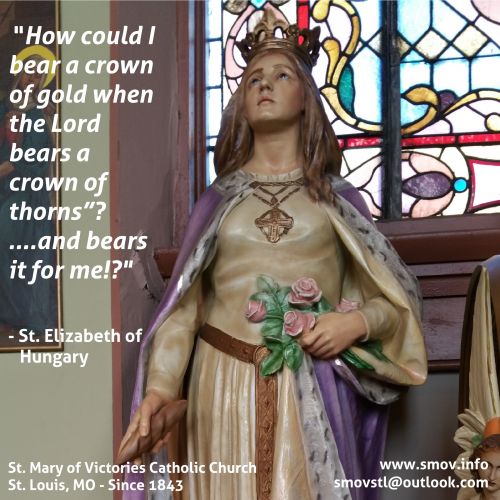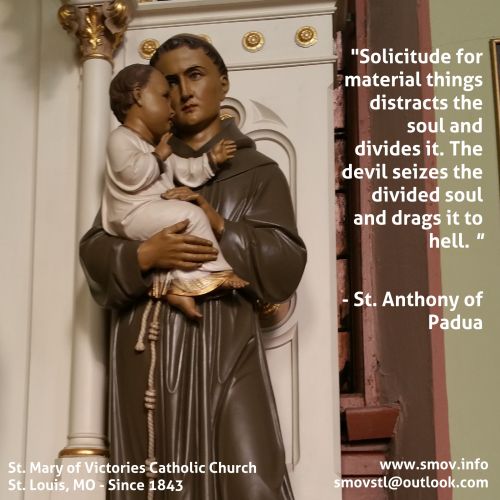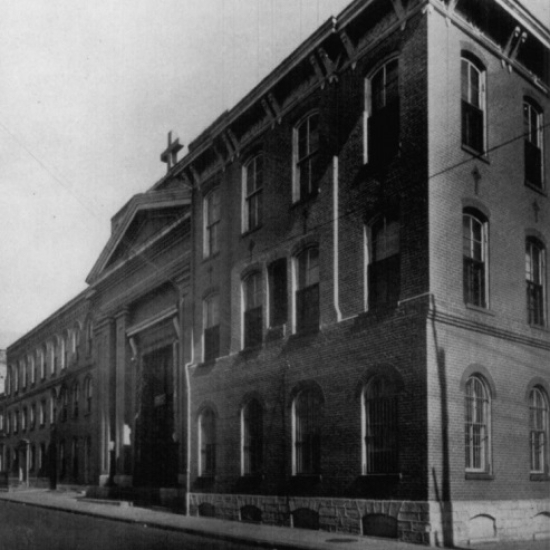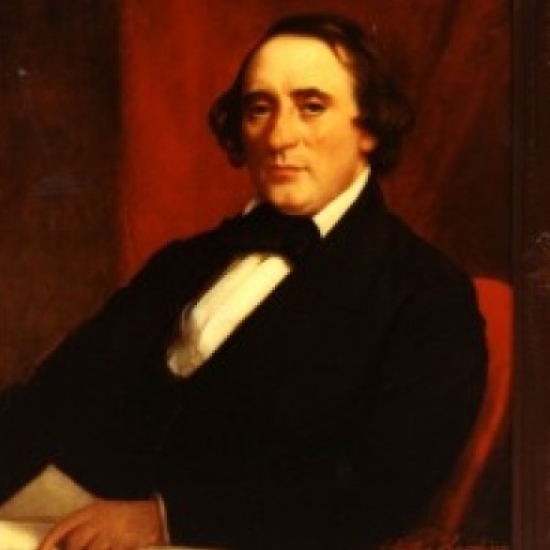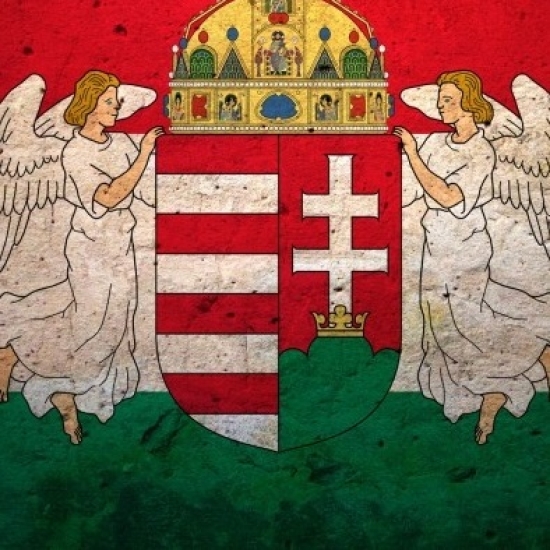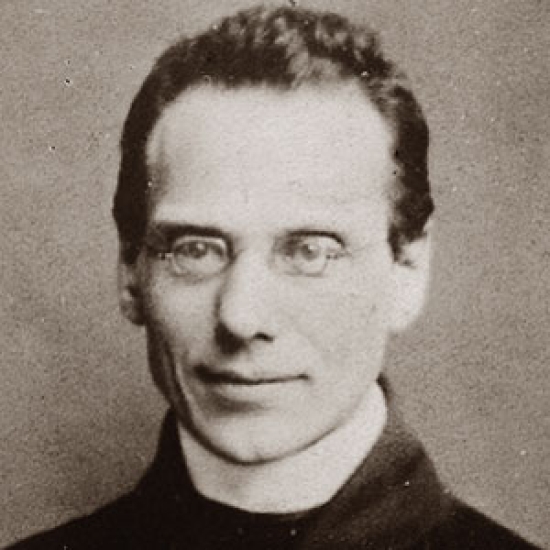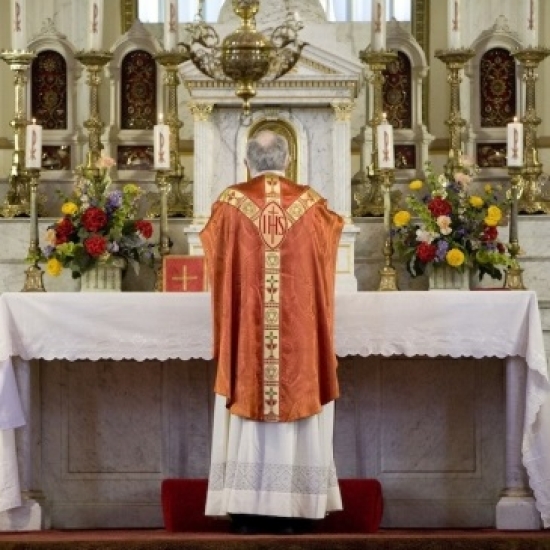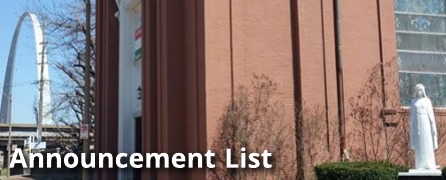14 August 2016, 20th Sunday in Ordinary Time (Year C)
Introit: Protector noster,
Offertory: Lead kindly Light, p. 298.
Communion (Year C): Primum quaerite,
Recessional: Salve Regina, PBC p. 116,
Mass XI, PBC p. 58. Credo III, PBC p. 77
The phrasing in the Introit antiphon is clear; but the two phrases are long. So despite the ideal phrasing, we'll grab a quick breath after Deus and tuis.
- (a) Protector noster aspice Deus (b) et respice in faciem Christi tui
- (a) quia melior est dies una in atriis tuis (b) super milia.
The first phrase has a middle cadence on the finale and a final cadence on the dominant after an emphatic b. It is dominated by the petitions aspice and respice. Aspice is not an outcry, as it is in the Introit for Palm Sunday; nevertheless the fourth and the accented c make it quite insistent. Without God the weakness of man is indeed wont to fall. Assistance from above is absolutely necessary if we would folllow the dictates of the spirit always and in all things. Hence this aspice and respice. But Christi tui receives still greater stress. When we have congregated in the house of God (atriis tuis), we may pray to Him: We are Your anointed, Your Christ; we belong to the mystic body of Christ, having become conformable to the image of Christ through sanctifying grace. Hence we may expect Your special protection. The love which You bear to Your Son Christ overflows upon Your children, the Christ-ians, Your anointed ones.
In singing this piece be careful not to slight the low d over (Pro)-te-(ctor). It is the beginning of a crescendo that must increase till it reaches c. Perhaps this d e f g a served as a model for the f g a c d c over (faci)-em Christi; it is heard again over super mil-(lia). The beginning of the second phrase on b♭ tends to make the closing melisma of the preceding tui mellow and tender. For here we are speaking of the consolation that our soul so eagerly receives in church, in the house of God. Here we ever become more conformable to the image of Christ; here our soul finds its true home in the heart of God. Were it to taste all the joy of the world for a thousand days or a thousand years, it would still be homesick and would long for its true happiness—union with God. The b♭ over quia and over the similar melior is influenced by the following f, just as later c over una calls for b. Una is emphasized, but millia has the richest melisma of the entire composition. But the treasures of grace which are available in God's holy place deepen our yearning for that great day which shall know no evening, for the contemplation of Christ (in faciem Christi).
(Year C) The Communion antiphon has two phrases:
- Primum quaerite regnum Dei
- et omnia adiicientur vobis, dicit Dominus.
The kingdom of God, of Christ the King, is to be formed and realized in our whole mode of life, in our inner soul as well as in our external dealings with others. That alone is the guarantee of true peace and welfare and happiness. Then everything else will be added, the Lord says.
The melody is not so much a fervent exhortation as an expression of trust in the fulfillment of these words, or even of hearty thanks for all that divine Providence has in store for us. Regnum Dei is made impressive by means of a chord resembling a tritone. For everything depends upon this, that God, God exclusively, be acknowledged and obeyed as the true King. We may sing the last two words somewhat softly, thus placing the preceding more prominently in relief. Plainsong delights in using the turn g b a g which occurs over Dei. The school of Palestrina, however, avoids it on account of the leap made from the accented first note of the group of four. There is some resemblance to this melody in the Communion for the feast of St. Andrew the Apostle.
